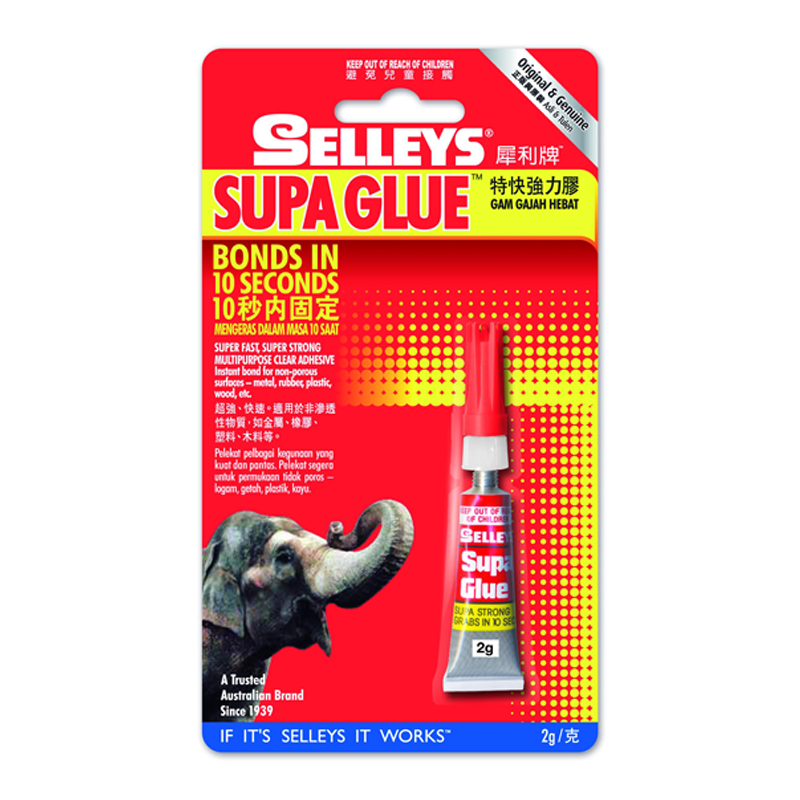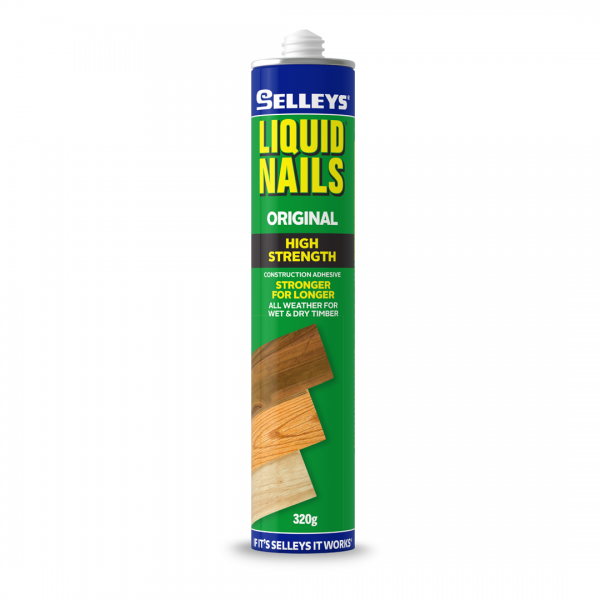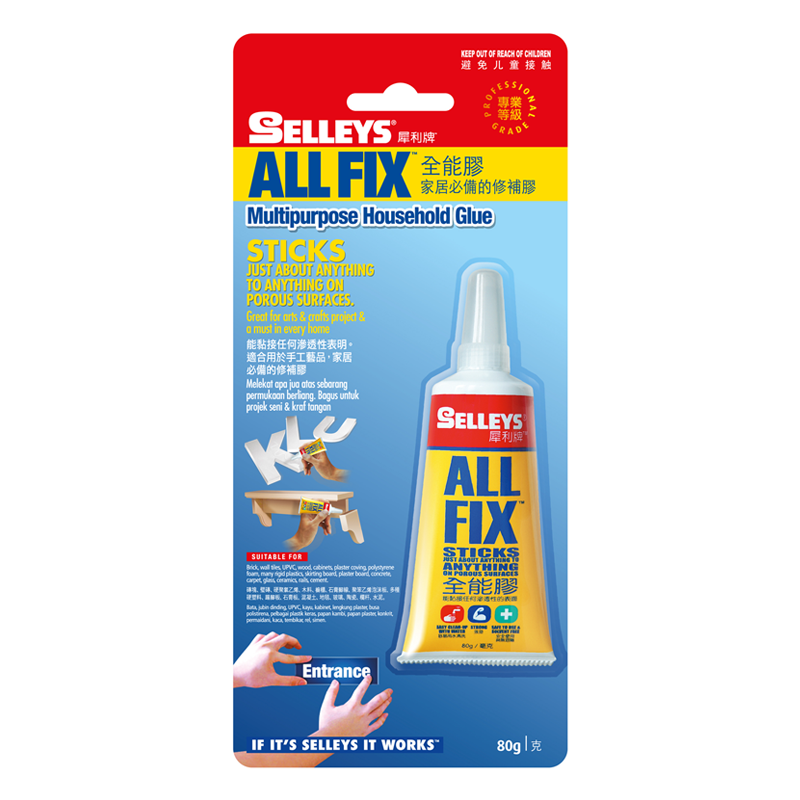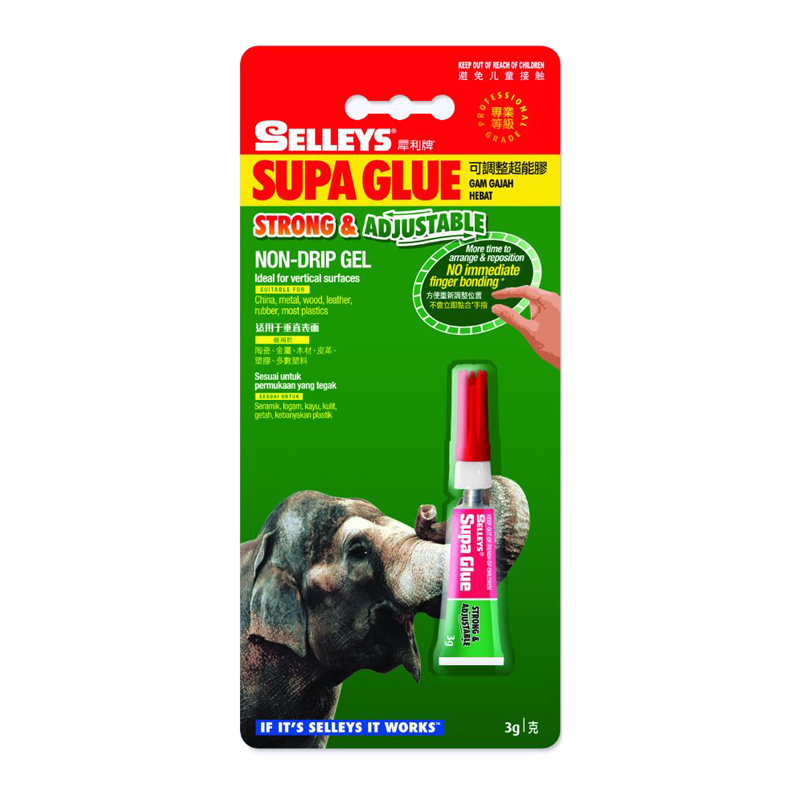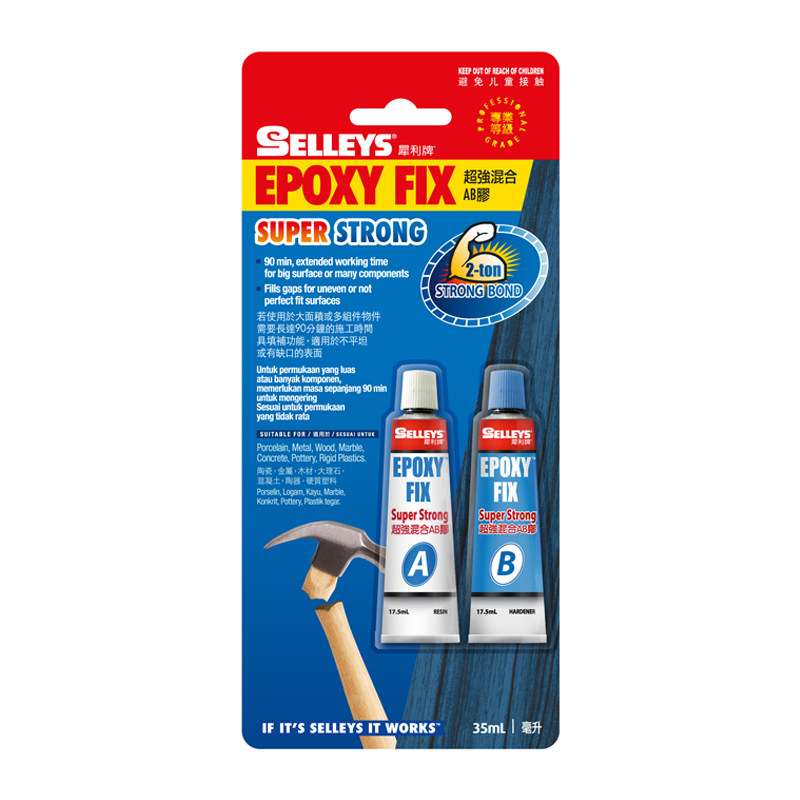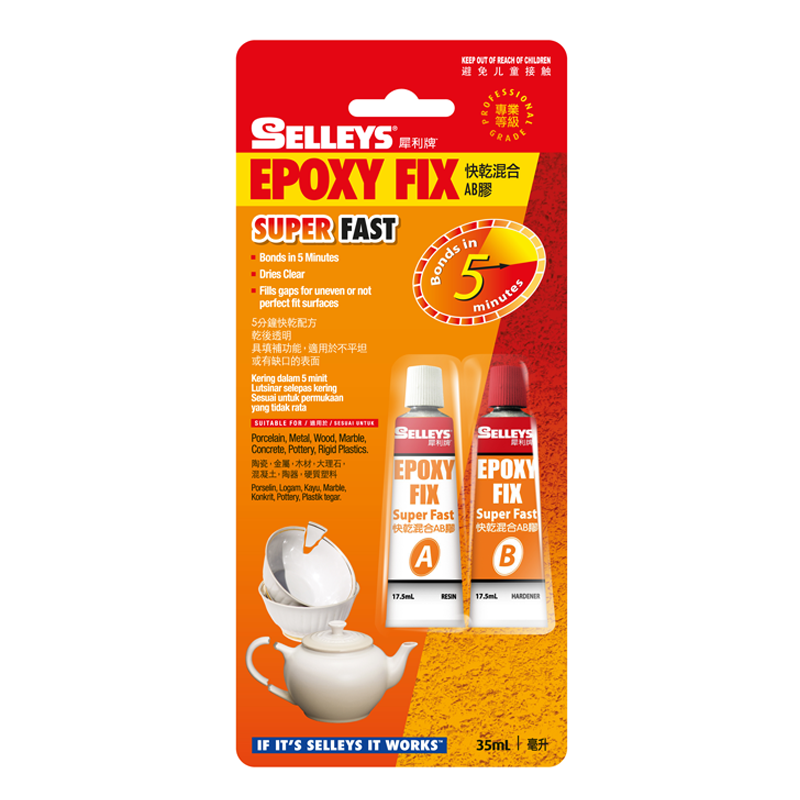SIZES AVAILABLE
Supa Glue is available in 3ml and 1g tube.
USES
Supa Glue will bond non-porous surfaces, metals, rubber, some plastics and wood etc.
LIMITATIONS
Supa Glue is water resistant not water proof. Continual exposure to moisture will weaken the bond.
Supa Glue is not flexible and has low impact resistance. For these applications Urethane Bond is recommended.
Supa Glue vapour can produce a whitening effect in
enclosed spaces. To avoid this use in well ventilated
areas. The whitening effect can be removed by wiping
with acetone. (First check that the solvent will not
damage the surface.)
Supa Glue' s bond strength is excellent where surfaces to
be bonded are a good fit. Where gap filling is required
use URETHANE BOND or ARALDITE.
Supa Glue is not recommended for use on paper or
leather nor on polyethylene, polypropylene or Teflon®.
Supa Glue will not permanently bond glass or materials
containing alkaline elements.
TECHNICAL DETAILS
Typical Properties:
Appearance: Slightly yellowish liquid. Dries to a colourless film.
Grab Time:
- 10 seconds on mild steel.
- 15 seconds on marine coachwood.
Shear Strength: 30 minutes cure (625 sq.mm):
- 6MPa on mild steel.
- 4MPa on marine coachwood.
Viscosity: 250 centipoise @ 25oC
Once open, Supa Glue has a limited shelf life (i.e.
approximately 1 year provided the tip is wiped clean and
the cap replaced securely after each use). Storing in a
refrigerator can reduce the risk of hardening in the tube.
Also leaving a pin stuck in the (cleaned) nozzle during
storage can reduce the risk of the nozzle becoming
clogged with cured adhesive which is difficult to clear.
HOW TO USE
1. The seal at the end of the metal tube should be pierced carefully with the reverse end of the cap. Ensure that the tube is not squeezed while the seal is being pierced. Replace plastic nozzle.
2. Surfaces to be bonded should fit exactly and should be clean, dry and free of dust, dirt and grease.
3. Apply a drop of Supa Glue to only one of the surfaces to be joined. Use sparingly. Do NOT spread.
(Note: One drop covers an area 25mm x 25mm)
KEEP FINGERS AWAY FROM EXCESS ADHESIVE SO THEY WILL NOT STICK TOGETHER.
4. Quickly align both surfaces and apply slight pressure to ensure effective spreading and bond.
Should you fail to align the surfaces correctly, do not attempt to re-align them and bond together again.
Keep apart and completely clean the surfaces (with acetone or nail polish remover). When dry, re-apply
adhesive, re-align, and bond again. (Please Note: NOT ALL Nail Polish Removers are ACETONE.)
Although the adhesive will grab after several minutes to provide sufficient bond strength for practical use,
maximum bond strength is achieved after 12 hours.
5. Wipe the tip of the tube and replace the cap.
WARNINGS/FIRST AID
Avoid contact with skin and eyes and avoid breathing its vapour.
Supa Glue bonds on contact. Should fingers stick together, apply a solvent such as acetone to contact areas, then wash skin with water.
Do NOT use solvents in contact with eyes or open wounds. In case of eye contact, immediately flush with water and seek medical attention.
If poisoning occurs, seek medical attention.
Cured material is considered to be non-hazardous.
CLEAN UP
When removing Supa Glue from the skin, it is recommended that the skin be soaked in warm to hot water to allow easy removal. It is not advisable to try to remove the cured adhesive by pulling and scraping the
skin as this will only serve to damage the skin.
To remove from substrates, it is recommended that the material be soaked in a solution of acetone and water (i.e. 3 parts acetone to 1 part water).
Note: This method should only be used for substrates NOT adversely affected by exposure to solvents. Check a small area before use.












